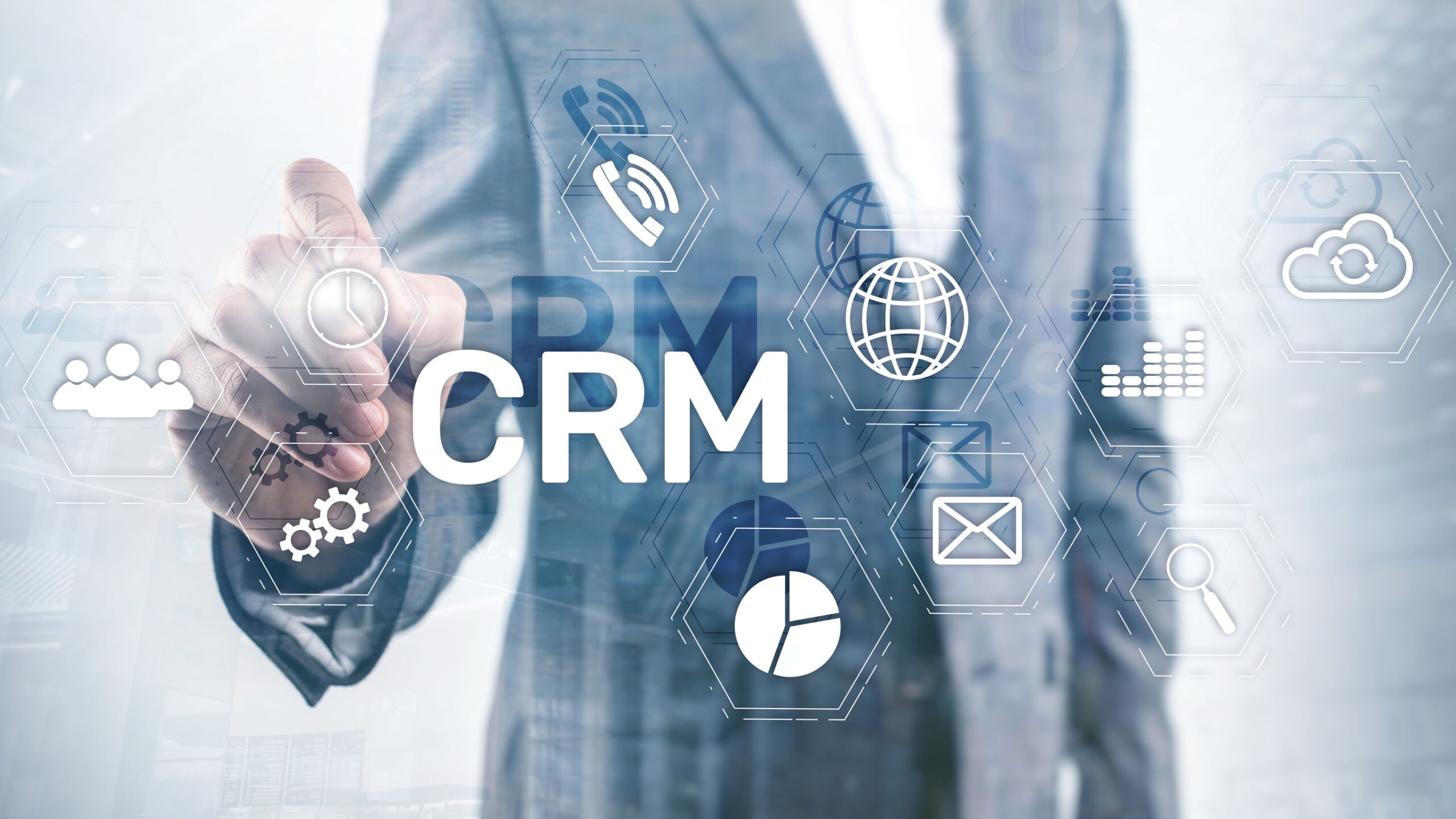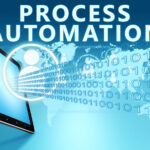Customers want what they want, and while they might not always be “right,” making them feel valued, respected, and heard are important pieces of great customer service.
In today’s digital world, personalization plays an important role in customer service, too. Whether that’s delivering customer-specific content or facilitating speedy ways to engage more frequently, communication is key for attracting and retaining loyal customers.
And customer service is quickly evolving past just meeting customer needs. It’s also all about the total customer experience — everything from what they perceive about your brand and reputation, to how they feel when they engage with you.
In one recent survey, almost 50% of respondents said that customer experience is the top business priority for the next five years, outranking both products and pricing.
Whether you’re a small company gaining new customers or a large enterprise trying to respond to an increasingly long list of customer needs, figuring out how to deliver the best customer service can be challenging, even for customer service pros.
And great customer experiences are increasingly important in today’s competitive markets. One customer experience survey indicated that some 32% of respondents will walk away from a company after just one bad customer service experience. That same survey also revealed that 73% say customer experience is important for purchasing decisions, but sadly, they say less than half (49%) of companies actually provide a good customer experience.
But there is good news. Good customer service not only works, customers say they’re willing to pay more when they have a great customer experience.
So what can you do to improve your customer experience and improve your company’s approach to customer service? You may be surprised to know you already have a great tool in your arsenal, and if you don’t, it’s easy to add it to your operations and get on the right track.
What’s the linchpin? It’s your customer relationship management tool (CRM).
First, what’s a CRM?
CRM stands for customer relationship management. In modern business operations, this is usually a software solution that meets a range of functions, from managing your customer database to delivering customer-specific marketing and sales information.
Beyond serving as a contact database, most companies use their CRMs to manage their customers’ journeys, where everyone starts as an inquiry or lead with the goal of eventually being nurtured into a customer, and, if done well, a returning customer for the long-term.
Insight Leads to Success
CRMs give companies insight into their customers — from demographics to other relevant buying and relationship data — that just can’t be obtained through other client management processes, like simplified email programs or databases.
A CRM is more than an address book. It helps you automate processes, from identifying your relationship with your customers to establishing a persona — or buyer type — for each customer. Knowing who your customer is and what your customer wants and expects from you is a solid foundation for building your customer relationship over time.
Here are 9 ways your CRM can help you deliver exceptional quality customer service:
- Team-wide customer journey insight: Have you ever worked in a company where one of your top salespeople is working a great lead, where you know about it because he or she shared information in a recent meeting, but, other than tracking that person down, you have no idea where how the lead is being nurtured or where it is in your sales journey? What happens if that sales team member gets sick or gets promoted or leaves the company? How do you get insight into all the emails sent, phone calls exchanged, and meetings set? Understanding that relationship, and what has been communicated to the customer when, is critical for great customer service. A CRM means that anyone with your team’s established permissions can check on a customer’s status, and, where appropriate, jump in to take the sale over the finish line as needed.
- Company-wide sales data: Sales are more than just financing your company. There are a lot of related moving pieces, like purchase orders and billing, accounts receivable, and shipping. A CRM with integration into your business management solution (BMS) can give all of your related teams insight into the status of all your sales, from leads, to processing, to successful deliveries, and even reorders. That means, at any time if a customer has a question and needs service — for example, did you receive payment? — anyone on your team can get the data they need to respond and keep your customer happy.
- Eliminate redundant tasks and duplicate entries while decreasing human error: As a customer, have you ever patiently waited for a product to arrive, only to be frustrated when it never shows up? You know your order went through because you received a confirmation email and then someone followed up to confirm your order and let you know it would go out soon. When it never arrives, you follow up and realize that when the person who processed your order entered your shipping information into the shipping software, they swapped two numbers, so your product got lost in transit. A CRM with BMS integration can keep your customers (and your employees) happy by eliminating the need to duplicate manual entries throughout disparate systems and automatically share relevant data within all of your related systems — like orders, payment, and shipping.
- Always in stock: Customers are happiest when they get exactly what they want when they expect to get it, so integrating your CRM into your enterprise resource management (ERP) solution can also help improve your customer experience. By integrating sales information, for example leads and a historical perspective of sales over time, with your ERP that manages inventory, you can feel confident you’ll always have the products you need on hand, when your customers want them.
- Respond in real time: Because most CRMs have a gamut of automated communication features, you can improve your customer service by using your CRM to handle a range of customer service issues. For example, look for a CRM that will integrate with your existing website. Instead of having customers open up an email, send it in and wait for a response, you can use your CRM to embed a customer service form right on your website. Then, by setting a range of parameters within the CRM, (for example, if and when rules) you can automatically generate a response for some of your most common customer service issues. You can even use it to automatically escalate more difficult service needs and communicate across a variety of platforms like email, social media, text, chat, and more.
- Send customized communications: Like the customer service widget we mentioned for response, not only can you speed up communication delivery with a CRM, you can also personalize your communications. By automating and personalizing your emails, for example, you can pull data from a variety of database combinations to deliver customer-specific messages to your leads and clients — you can ensure customers are always delivered relevant and timely information to help them along on their customer journeys.
- Reports and analytics: One of the greatest benefits of using a CRM is the ability to see and report on customer metrics that matter to your organization. Not only can you use the CRM to see how many new customers you have, where they are in your pipeline, and how you’re doing on retention, you can also use your CRM analytics for insight into your customer experience. Did your customer email a question that’s never gotten a response? Did your customer place an order and it wasn’t received? CRM analytics can give you real-time insight into your entire customer process, enabling you to identify and resolve any gaps or issues long before your customer gets frustrated and complains.
- Ensure consistency: Even if you prepare your customer service teams with scripts and role-playing exercises, there are commonly varying customer experiences for people based on which employee they engage with. And, regardless of training, it’s difficult to ensure consistent communication and experiences when they’re primarily person-led. Instead, your CRM can help ensure consistency by automating tasks for your employees (for example, sending a pre-approved email) and tracking your required processes with insight and reporting capabilities.
- Track meetings and other important dates with reminders and alerts: Your CRM can also help ensure customer satisfaction by ensuring you never miss an important date. For example, if you promise a customer you’ll return a call or send a reply email by a certain data, you can use your CRM to send you reminders (or automate the response) so you can be sure you never miss an important task and don’t frustrate customers.
There are a lot of CRM solutions on the market. How do you know which is right for you? How do you know which has the most (and best) integration capabilities with your existing systems, services, and applications? If you need help selecting a new CRM or think your existing CRM is struggling to keep up, register for an aACE webinar today to learn how we can help.




